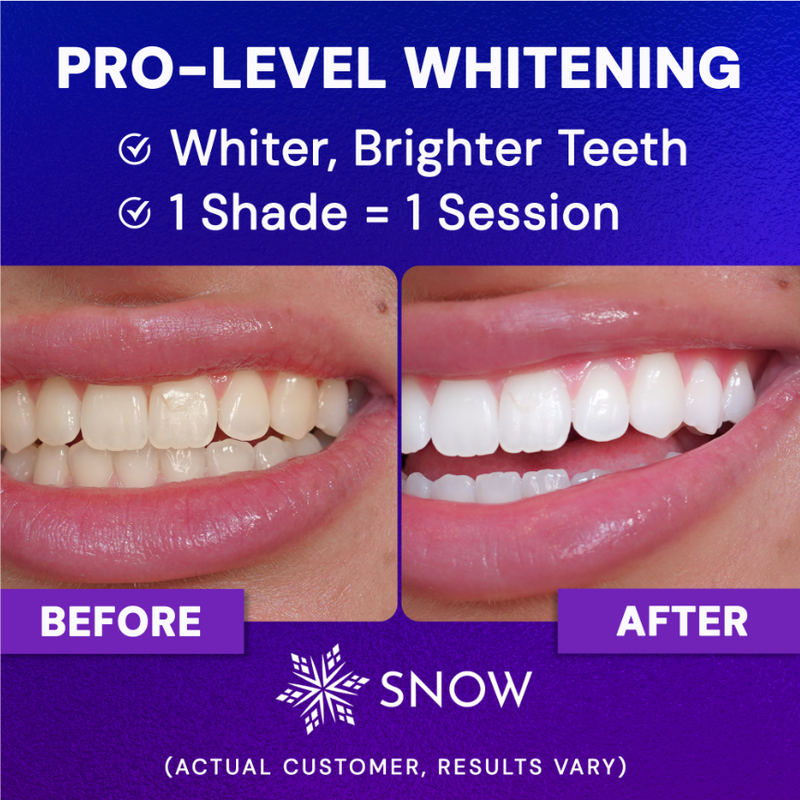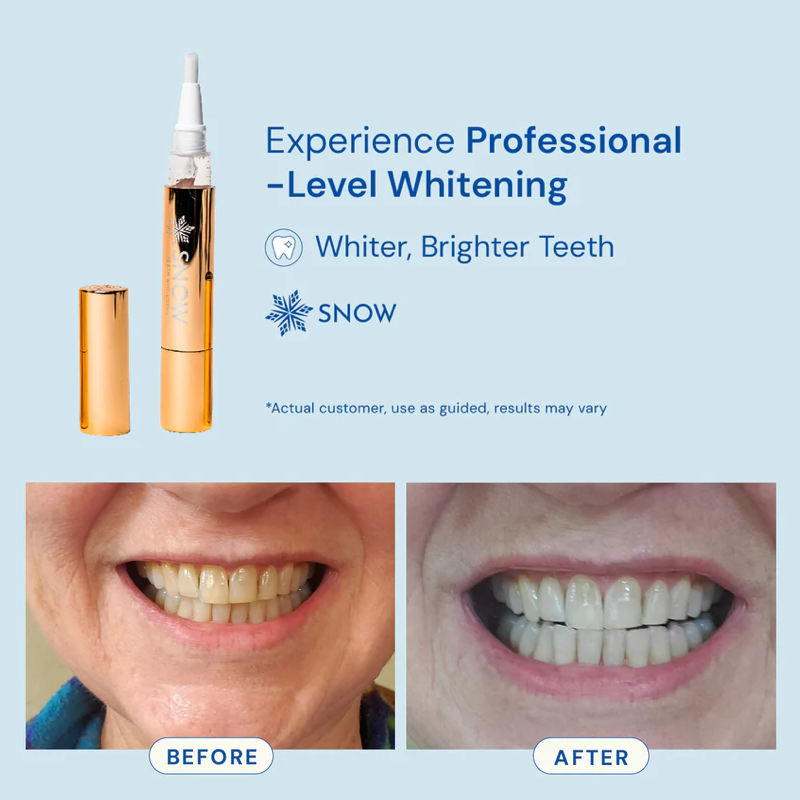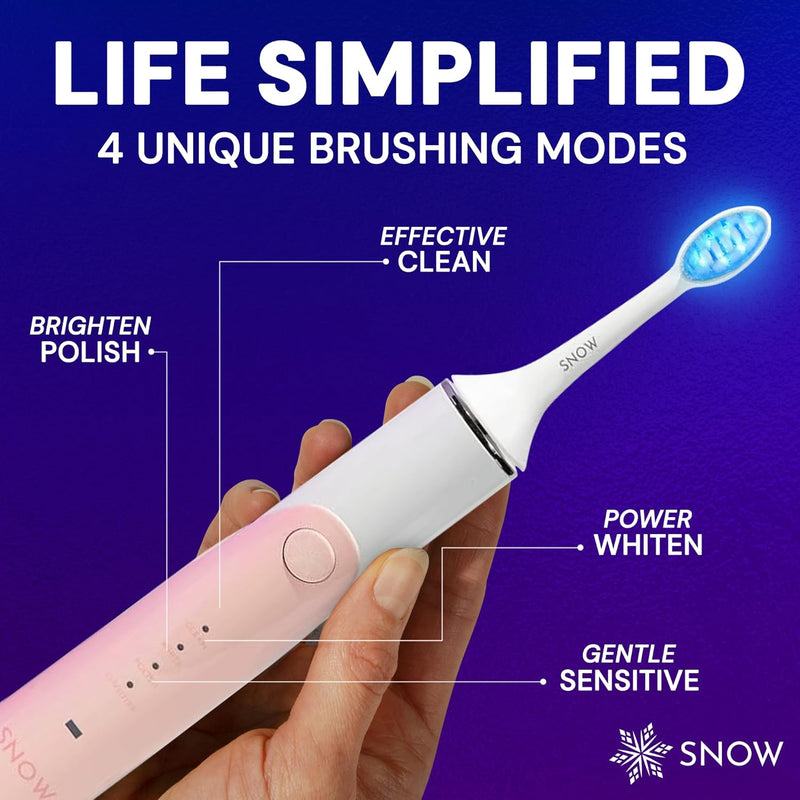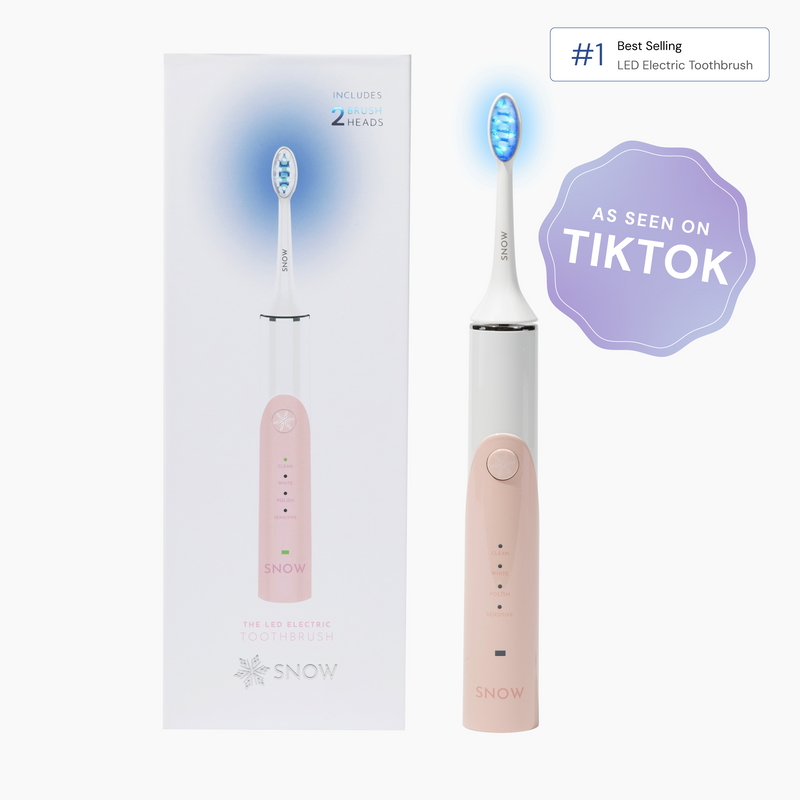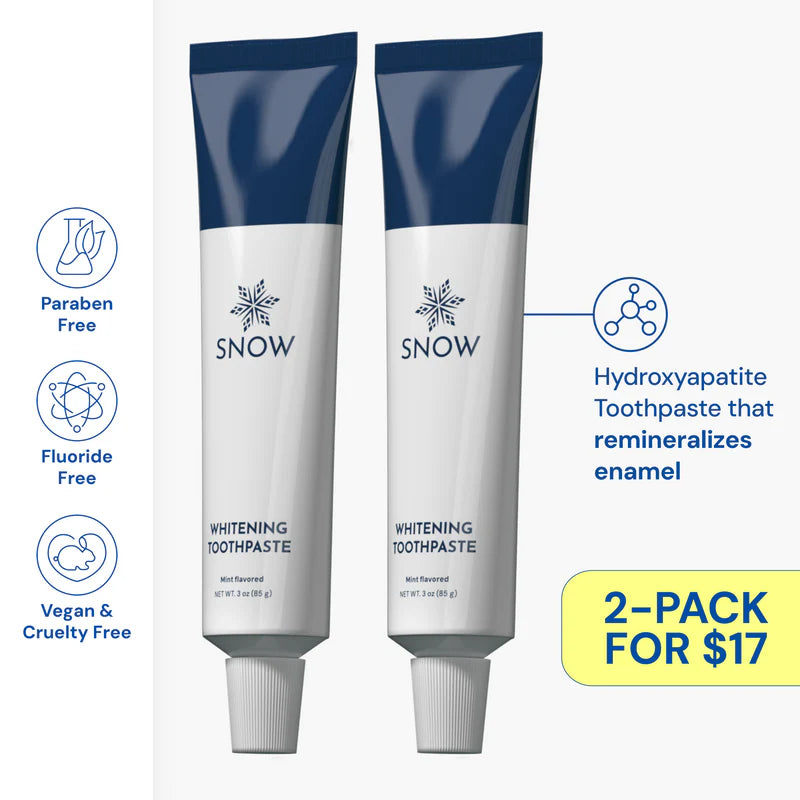Gum disease can be treated by laser gum surgery. It uses lasers rather than a scalpel, so your gums are not sliced like traditional gum disease treatment surgery. As a result, the laser treatment procedure for periodontal disease is less intrusive on healthy gum tissue, heals faster, and causes less pain than other methods of treating gum disease.
In this post, we'll go over the benefits and drawbacks of laser gum surgery, the healing process, and prices. In this manner, you can determine whether or not this mouth laser periodontal gum treatment is appropriate for you.
WHAT IS LASER GUM DISEASE TREATMENT?
Laser-assisted gum surgery is a laser periodontal treatment for people with periodontal disease. LANAP laser gum surgery is one approach studied for gum tissue regeneration, attachment, and new bone formation in place of traditional gum surgery.
The FDA has authorized this laser technology to treat periodontal disease (periodontitis) and gingivitis. Both disorders can cause serious dental problems and possibly tooth loss. They are, however, primarily avoidable if you avoid practicing poor oral hygiene.

WHAT IS GUM DISEASE?
Gum disease, also known as periodontitis, or periodontal disease, occurs when bacteria invade your gums. This infection can cause the jaw bone, which contains your teeth, to deteriorate. Bacteria thrive in the pockets of your gums. They flourish greatly when little food gets lodged in one of these holes. Untreated gingivitis, or gum inflammation, is one cause of periodontal disease. Other factors, like smoking and not brushing regularly, might hasten the progression of periodontal disease.
WHAT EXACTLY IS LASER GUM SURGERY?
Laser surgery, as the name implies, is a minimally invasive technique that employs a laser to remove harmful bacteria and damaged gum tissue from gum pockets to cure gum disease.
Gum disease is most common in individuals over the age of 30. It can be caused by various factors such as genetics, chronic diseases, smoking, certain drugs, and poor dental health.
The dangerous bacteria in the gums can be eliminated to stop periodontal disease and, in some circumstances, reverse the damage. Scaling and root planing, as well as gum surgery, are standard methods for this.
All of these procedures aid in the removal of plaque and calculus, which may be the cause of a patient's gum disease.
TRADITIONAL GUM SURGERY VS. LASER GUM SURGERY
Traditional treatment gum surgery is more intrusive than cleaning or other standard treatment.
LANAP laser gum surgery is far less invasive than traditional gum surgery. The procedure for conventional gum surgery is normally as follows:
- The patient is sedated.
- Gums are split open.
- The afflicted region is disinfected, and hazardous microorganisms eradicated.
- The area is stitched up.
This old therapy approach to periodontal surgery is still quite practical and a terrific alternative to treat gum disease for many people. Still, it has a few drawbacks, including increased discomfort or pain throughout the healing process.
The dentist does not have to cut the gum tissue open and stitch the region closed again using laser gum treatment. Another advantage is that the laser gum treatment is accurate enough to target diseased tissue solely; traditional surgery frequently results in the loss of some good tissue as well.
WHAT IS THE COST OF LASER GUM SURGERY?
As of 2022, charges for mouth laser periodontal treatment range from $50 to over $4,000 for a complete mouth laser gum treatment for patients with advanced periodontal disease and gum recession.
This price covers local anesthetic, follow-up appointments, and one 6-month full mouth periodontal thorough cleaning. Regular dental cleaning, known as prophylaxis, costs between $50 and $100. In contrast, periodontal scaling and root planing (deep cleaning) cost between $200 and $1000 on average. Periodontal disease treatment expenditures average $1-200 following periodontal therapy. Moderate to severe periodontal treatment, which often includes laser periodontal treatment such as REPAIR® and LANAP®, costs around $1,000 - $1,500 for each quadrant. Numbers are based on a review of several dental office websites.
THE COST OF LANAP LASER GUM TREATMENT
The average patient will spend around $90 on gingivitis LANAP treatment. The cost is determined by the severity of the inflamed gum tissue.
While most certified gum laser clinicians in the periodontal dental industry use only local novocaine anesthesia during treatment, others specialize in providing advanced anxiety-free medications visits with twilight sedation or general anesthesia to make it more convenient, expedite treatment, and thus reduce overall cost.
The severity of the gum infection, the extent of receding gums, the extent of bleeding gums, x-ray results, and whether the patient has gingivitis or periodontal disease all influence laser gum treatment cost of periodontal surgery.
DOES DENTAL INSURANCE COVER PERIODONTAL DISEASE TREATMENT?
Dental insurance often covers extensive cleaning and surgical operations that are deemed medically essential but not aesthetic procedures. Suppose gum surgery is classified as a medical operation. In that case, some of the associated costs may be covered by regular health or dental insurance.
WHAT ARE THE ADVANTAGES OF LANAP? (LASER PERIODONTICS)
- LANAP Gum laser Treatment (Laser Periodontics) eliminates plaque and diseased tissue from the damaged gum pocket while preserving healthy tissue.
- LANAP helps to reduce bleeding during dental surgical treatments.
- The laser radiation kills all microorganisms in the afflicted region, leaving tissue and bone that is nearly sterile.
- The laser causes a blood clot to develop in the region, which improves healing and helps gum tissue retain the tooth.
- LANAP procedures can be done in two hours or less, depending on the extent of tooth damage.
These treatments are performed under local anesthesia, which means that patients experience no discomfort and that recovery time is minimal, allowing patients to resume regular activities the same day.
Patients are more likely to seek therapy if the results are aesthetically pleasing.
Bleeding gums and loose teeth are frequent signs of an active bacterium gum infection caused by an overgrowth of bacteria.
This very accurate laser allows surgeons to more precisely eradicate microorganisms beneath the gum line. Gum lasers eliminate germs and illness, making the process more pleasant by controlling bleeding and swelling and strengthening loose teeth.
In some therapeutic settings, the gum laser provides additional benefits to individuals with gum disease, such as new bone formation in the jaw. Gum disease damages bone; the longer you wait for treatment, the more likely you will lose teeth. Laser energy is exceptional in its capacity to repair bone loss by stimulating new growth around your teeth, strengthening them, and increasing their chances of survival.
LANAP DANGERS
Ensure that your dentist is familiar with laser gum surgery before you set your appointment.
Laser gum surgery, like any medical operation, has dangers, albeit relatively few. Here are some LANAP hazards to consider before proceeding with treatment:
- An error by the user: It is critical to ensure that your periodontist has the necessary training and expertise to use a laser in this context. Incorrect heat settings may cause additional gum tissue damage.
- Damage to the tooth surface: Some laser gum treatments have caused cracks on the tooth's cover or the root.
- Tissue damage: Cell death may occur in the vicinity of the treated region.
HOW LONG DOES IT TAKE TO RECOVER FROM REPAIR OR LANAP LASER GUM SURGERY?
When your LANAP and REPAIR treatments are finished, your body begins healing, eventually restoring your gums to excellent dental health. The gums will go through a sequence of modifications that will be visible.
First, the patient is advised to refrain from eating hard meals and leave the gum tissue alone for two to three days following the therapy. You do not want to upset the healing gum tissue by even brushing your teeth. Light bleeding, minor swelling, and some lasting discomfort are common symptoms. These all indicate increased blood flow in the treated region, which is required for the body's gum healing.
Brushing and flossing the treated region should be avoided for up to 7 days after LANAP and REPAIR. Brush and floss other areas of your mouth as usual, but do so lightly and carefully.
Teeth might get uncomfortable and sensitive from time to time. This usually starts around a week following therapy. This is the time to make an appointment with your dentist. Healing should be monitored, and the mouth should be checked for problems. Taking care of bite difficulties allows the body to naturally fill in any gaps or voids that emerge between teeth following LANAP and REPAIR.
Although the pain is minor, some components of the healing process, deep inside disease gums pocket repairs, may take many months.
Maintain regular contact with your dentist and schedule follow-up appointments if you detect any troubling signs, particularly prolonged discomfort.
The patient must take the necessary precautions to guarantee a thorough and easy recovery. The risks associated with LANAP and REPAIR are limited; however adequate aftercare is required. It is fairly unusual to experience discomfort for several weeks following the treatment. During the first several months, the patient must take precautions to avoid damage or re-infection.
AFTERCARE FOR LANAP AND REPAIR THERAPY
It is critical to maintaining a healthy diet and hydration consumption. Eat soft yet nutritious foods like eggs, yogurt, fruits, veggies, ice cream, etc. Following the LANAP and REPAIR treatments, a liquid diet for three days is suggested, followed by a soft diet for up to 14 days. These aftercare guidelines ensure that the gum tissue heals appropriately during recovery. If you have taken medicine, please let your doctor know as recommended.
SUMMARY
LANAP is a kind of laser dentistry that has been found to stimulate gum tissue regeneration, attachment, and new bone formation.
This surgery is most commonly used to treat advanced periodontitis and gingivitis. While traditional gum surgery has numerous advantages, LANAP can be a less invasive alternative.
LANAP therapy costs from $1,000 to $4,000 for each quadrant. Meanwhile, full-mouth LANAP surgery costs between $4,000 and $15,000. Health insurance may pay the majority of the costs.
FAQS
IS LASER TREATMENT FOR GUMS WORTH IT?
Because the laser never cuts into the gum tissue, the danger of sensitivity, infection, and bleeding after the surgery is lower. This also suggests that the possibility of problems is minimal. Because laser therapy is so light, many people are less scared to seek treatment for their dental health issues.
HOW LONG DO GUMS TAKE TO HEAL AFTER LASER SURGERY?
The time it takes for your gums to heal is determined by the severity of your gum disease. It can take anywhere from 2 to 4 weeks to completely heal, while deeper pockets can take months. Because your mouth will be tender and inflamed for the first few days, a soft food diet is recommended.
IS LASER GUM SURGERY PAINFUL?
Laser gum surgery will gently remove gum tissue, and bleeding is expected but not cause for concern. The procedure is usually painless and can be completed in a single visit because a local anesthetic is used.
HOW LONG DOES GUM LASER LAST?
If you have your entire mouth done, you may need two 1 to 2-hour visits. A single quadrant can be completed in 1–2 hours.
IS LASER THERAPY BENEFICIAL TO THE GUMS?
This laser-assisted procedure can help patients with severe periodontal infection keep their original teeth. Infected tissue causes deep pockets of germs unaffected by routine dental cleaning. A laser is more likely to kill all hazardous germs, even if trapped in deep pockets.
WHAT ARE THE RESULTS OF LASER TREATMENT ON THE GUMS?
Do not be alarmed if the color or appearance of your gum tissue changes after laser therapy. Gum tissue that turns white, gray, yellow, red, blue, purple, or "stringy" from laser therapy is typical. Soreness or tooth sensitivity are also common side effects of laser therapy.
DO GUMS REGROW AFTER LASER TREATMENT?
Laser gum reshaping is a non-reversible dental treatment. Excess gum tissue removed to realign the gum line and expose more teeth will not regrow.
WHEN CAN I RESUME EATING AFTER GUM LASER SURGERY?
Follow ONLY a liquid-like diet for the first three days after Laser Therapy to allow healing. Anything that can be blended into a drink is excellent. Clear liquids, however, are not required..
HOW DOES IT FEEL TO HAVE GUM DISEASE TREATMENT?
After the gums have been anesthetized, a dental laser removes excess gum tissue. To achieve an even appearance, the gum line is carefully reshaped. The majority of patients report that laser gum reshaping is painless. Ibuprofen can be used to treat any pain that is usually mild.













































